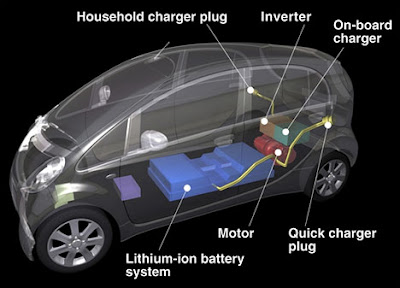By Justin Berkowitz
George Clooney is box office catnip AND the critics’ darling. And no wonder: he looks great and he acts better than he looks. But what if you’re a movie producer who can’t afford Clooney’s vig? You get Thomas Haden Church. You know: the guy in Sideways, the movie about chit-chatting wine guzzlers. Sideway's producer knew Church wasn’t nearly as high profile as Clooney, but he was a lot less expensive. See where I’m going with this? If the MINI Cooper S is beyond your reach, should you lower your grasp? Big savings yes, but do you still get something of substance? Well, Church is an Oscar nominee. As for the Cooper…
It’s a relief to see an automobile that wasn’t designed in anger. Unlike Japanese and German sporting machines’ menacing headlights and blood-drawing creases, the Cooper remains a four-wheeled cheeky chappie. Although the MINI was maximized for ’07, only OCD brand fans can make the call. In case you meet a MINI enthusiast, just remember that the front indicators now sit like laconic “floaters” inside the MINI’s eyes, and the rear window line rises 0.7” higher up at the B-pillar than previously.
Thanks to the Mother of All Option Lists, the Cooper’s cabin is as plain or ornate as you desire, covered in funky cloth or leather or mother of pearl or space shuttle tiles. Most of the first gen’s retro touches (e.g. chromed toggle switches and unrelenting ovality) remain in situ. While these design-lead differentiators may continue to lure buyers who are comfortable deploying the term “post-modern irony” in polite conversation, the Cooper’s cabin is beginning to look increasingly whacked-out.
Equally disappointing, there’s no British-ness to the MINI Cooper. Cocked eyebrow whimsy has been replaced with weird for the sake of weird. The big central speedo of MINI Mk1 has morphed into a dinner plate-sized gauge that could easily double as the weigh-in scale for The Biggest Loser. Still, the ergonomics are bloodied but unbowed, and the fit and finish overall is impressive; part and parcel of Mini’s premium-puny philosophy.
So you stick the fob in the dash, press the “START/STOP” affectation, and fire up the engine. Hang on; can you “fire up” an engine with less displacement than a bottle of Diet Coke? In fact, it’s amazing to us buy-by-the-pound Americans that BMW would dare offer the 118 horse Cooper for sale on this side of the pond. That’s less poke underfoot than offered by a lowly a Kia Spectra. But unlike the original MINI's base (in the precise sense of the word) engine, which was made from rusted toaster ovens in a Brazilian Chrysler factory, the new 1.6 liter four-pot is a peach.
This PSA Peugeot-Citroen sourced mill doesn’t rev like one of Honda’s methamphetamine motors, but there’s plenty of space between zero revs and the 6500 rpm redline. The manual shifter is as slick as Clooney’s hair in O, Brother Where Art Thou? Whatever oomph there is is there for the taking. Metrosexuals and their mates will be delighted to discover that MINI has finally replaced the Continuously Vile Transmission with a proper six-speed autobox. Punch the pedal or row your boat; the best case is still naught to 60 in 8.5 seconds. Not too long ago you would have been impressed.
In day to day driving, the Cooper has plenty of zip. No, it’s not a Cooper S, but it’s still a car that could get you arrested… eventually. That’s because the suspension rewards any and all efforts to build the big Mo. Once you get a lick of speed and get into the game, the MINI’s handling becomes seriously addictive. Snap into a corner. More! Push into an S-curve. Is that really all you’ve got? Surge around a highway on-ramp at 73 mph. Down shift because damn it Scotty, we need more power! I dare you to drive the Cooper a few miles without cackling like a cocaine-crazed craps player.
Come to think of it, the Cooper is a smug little bastard of a car. I don’t have to brake for that turn. I can carve through traffic. I can fit into that parking space. I get 40 mpg highway. Unlike that psychotic dust-buster Civic, I've got completely customizable character. And I have to pay for home delivery because I can’t haul a damn thing. Err, never mind that last one.
No pistonhead worth his TTAC Tic Tacs would pass up a chance to buy a MINI Cooper S instead of a Cooper. Used S instead of new Cooper. Sorted. But let’s face it: there are plenty of people for whom $18k is already a stretch. And no other box fresh sub-$20k car has half the MINI Cooper’s flair and panache. Clooney’s cool, but sometimes you gotta go to Church.



